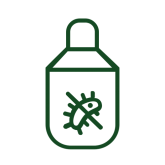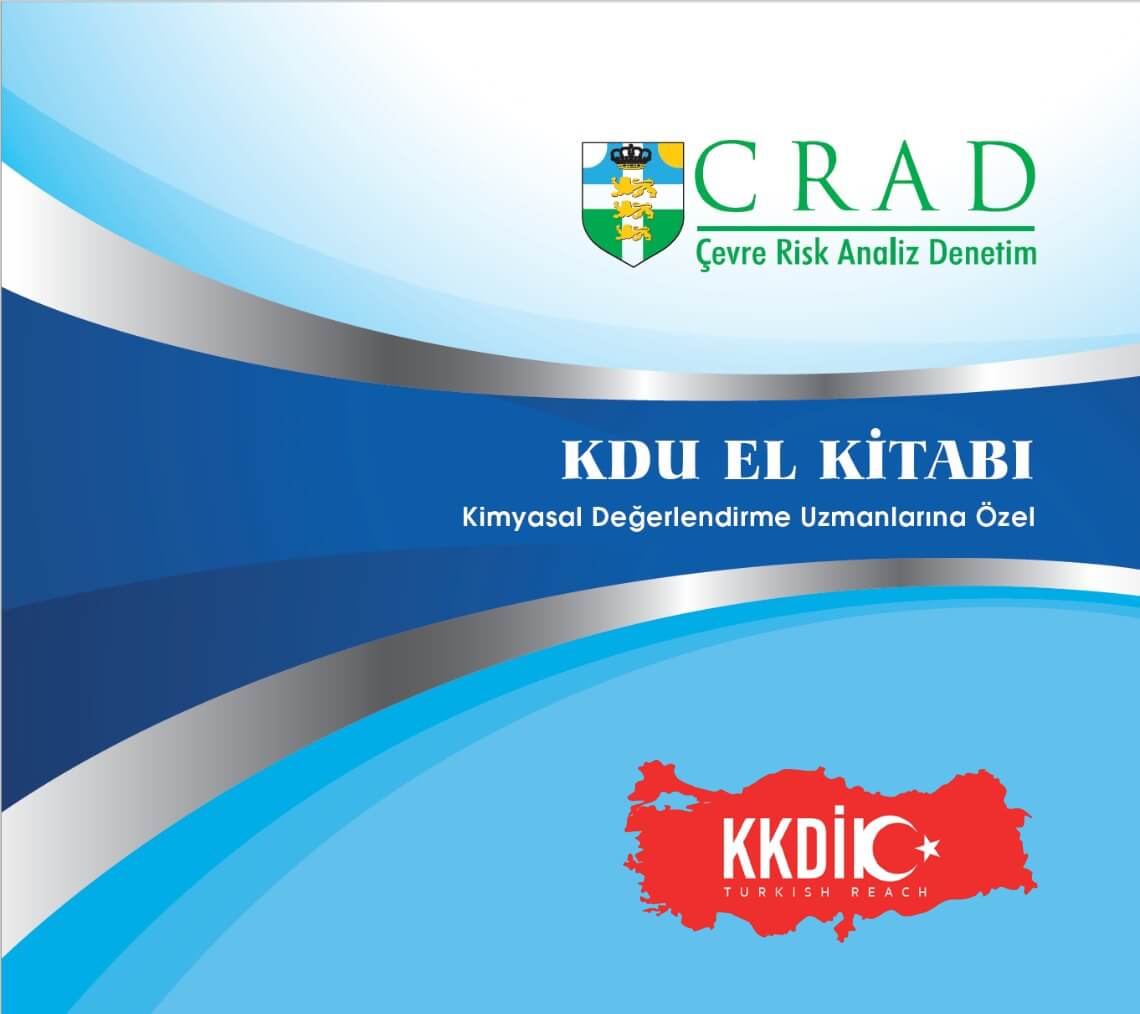LABELING OF HAZARDOUS CHEMICALS ACCORDING TO LEGISLATION

The label is the most appropriate way to find out about the hazards of a chemical and precautions to be taken against it. Therefore, a label should present the message in a fast, simple and clear form to the reader.
Accurate chemical labeling has been one of the major problems of the world chemical industry for decades. The fact that the labeling rules of chemicals between countries are different from each other creates problems in international trade. Inaccurate or incomplete labeling, insufficient safety measures and inadequate knowledge of users can lead to various occupational diseases, occupational accidents. At the same time, it leads to incorrect packaging selection, improper storage and transport methods, wrong method selection during production, which leads to both high accident potential and higher operating costs than planned. Due to the high level of importance of labeling, the relevant local and / or regional authorities of the countries have made compulsory and globally harmonized labeling practices of hazardous chemicals with the official regulations they have published. Globally Harmonized System (GHS) has been introduced by The United Nations for this purpose.
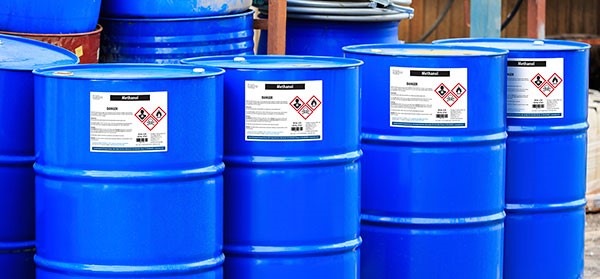
PICTURE 1- Industrial Chemical Labeling
GHS aims to make common labeling that any chemical in different countries under the same classification-labeling-packaging conditions. As a consequence of the labeling of the countries with different conditions, there are obstacles in the commercial journey of the chemicals and even obstruct the commercial activity.
By using common elements of hazardous statements with GHS, the mentioned commercial problems have been solved.
The labeling of a chemical is actually the second step of the process. The hazards of the substance or mixture should be determined before the labelling
To determine the hazards of the substances;
• Tests (toxicological, ecotoxicological, irritation / corrosion, carcinogenicity etc) can be done
• It is possible to make use of these data of other substances of similar structure which have been subjected to various tests
• It is possible to make use of literature studies
• It is possible to make use of Q (SAR) database
To determine the hazards of mixtures;
• Tests (toxicological, ecotoxicological, irritation / corrosion, carcinogenicity etc) can be done
• It is possible to make use of these data of other substances of similar structure which have been subjected to various tests,
• It is possible to make use of literature studies.
• CALCULATION METHOD. It is the most commonly used method. The person who is applying this method should have knowledge about 28848 SEA regulation and its annexes. The person who uses the calculation method must be someone who has successfully passed the exam held by the accredited institution and is certified for this purpose. This person's title is a certified Safety Data Sheet (SDS) preparer.
Classification of harmfulness of the substance or mixture (H codes and statements) is determined by SEA regulation 28848 and annexes (in particular Annex 1).Details of the calculation method are given in this annex. There are also labeling rules in this regulation and its annexes.
Labeling elements
The elements that are required to be in the label according to SEA regulation 28848 are stated. The hazard statement (H codes) for the substance or mixture are used as the starting point for the detection of these ingredients. The following elements (according to 28848 SEA, ARTICLE 19) are mandatory for all product types with a few exceptions, although the mandatory label elements vary depending on the type of chemical product.
• The name, address and telephone number of the supplier.
• The nominal amount of the substance or mixture in the package that offered to the public, unless the amount on the packaging is stated elsewhere.
• Identity of the substance or mixture.
• Hazard Symbols (Pictogram)
• Signal word
• Hazard statements (Use of H codes on label is not compulsory)
• Precautionary statements (use of P codes on label is not compulsory)
• The names of substances causing the harmful effects specified in Article 20 of Regulation 28848 for the substance or mixture.
• Statements of EUH, if necessary.
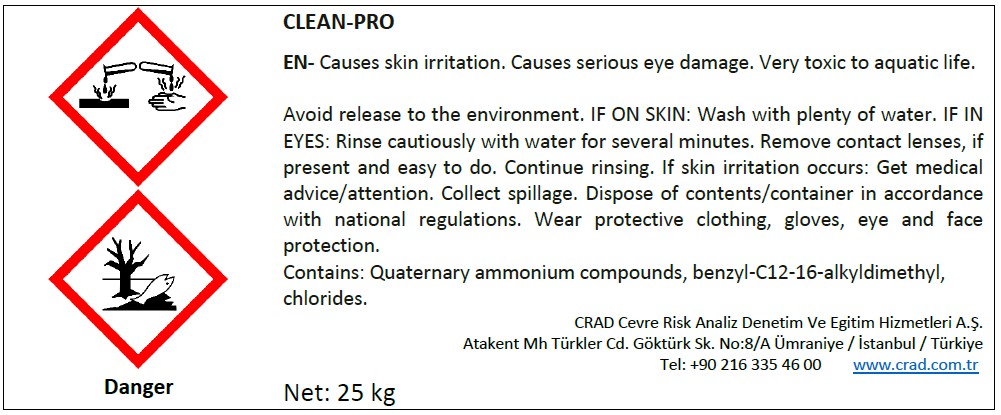
PICTURE 2- Supply Label Sample
Identity of the substance and mixture (Regulation No. 28848, Article 20)
A substance label must contain the name of the substance and the EC or the CAS number.
The label of a mixture must contains the following elements;
• The trade name or designation of the mixture.
• Identification of all substances present in the mixture that contribute to classification as acute toxicity, skin corrosion/irritation, germ cell mutagenicity, carcinogenicity, reproductive toxicity, specific target organ toxicity, aspiration hazard.
Hazard Symbols / Pictograms (Regulation 28848, Article 21)
The hazard symbols are correspond the specific H codes for the classification of the products. All the hazard pictograms and the conditions which can be used are given in Annex 5 of Regulation No. 28848. Each pictogram has its own code. there are nine hazard pictograms and their codes like GHS01, GHS02 as it's shown in the example. For example, the flame symbol is GHS02. The skull symbol is GHS06. The code is not used in the label, only the pictogram is used for labelling.

PICTURE 3 - SEA hazard pictograms
Hazard pictograms shall have a black symbol on a white background with a red frame sufficiently wide to be clearly visible. The label background color shall be contrasted with pictogram or shall not blur the frame of the pictogram
The most basic goal in a label is to provide a simple way of identifying the hazard effects of the product, so that an elimination process can be performed between symbols if there are a large number of hazard symbols.
This procedure shall be within the conditions specified in Article 28 of Regulation 28848. If an elimination is to be carried out, the eliminated symbol is the one that always have a lower hazard. Another important detail is that the elimination process shall always be within the three hazard groups. Physical hazard, health hazard, environmental / aquatic hazard groups can be eliminated some symbols within themselves. For example, a symbol of physical hazard can not be a dominance effect on the symbol of health or aquatic hazard.
Signal word (Regulation No. 28848, Article 22)
The signal word is correspond the specific H codes. There are two signal words: Danger or Warning. The danger is a higher degree of hazard. If the "Danger" word is used on the label, the "Warning" word is not used.
Hazard Statements (Regulation No. 28848, Article 23)
A complete list of declarations of hazard is presented in Annex 3 of Regulation No. 28848. The explanations contained in the declarations of hazard shall comply with the provisions of Annex 3. The statements in the text shall be used. This is an important feature because it is the basic principle to use different statements for the same H code, to create a harmonized and standardized label. Incorrect labeling in the industry can lead to misunderstanding of the hazard and lack of measures to be taken, given different statements for the same H code.
Precautionary statements (Regulation No. 28848, Articles 24 and 30)
A complete list of the precautionary statements is presented in Annex 4 of Regulation No. 28848. The declarations to be included in the precautionary statements must comply with the second part of Annex-4. The label shall not contain an excess or unnecessary parts expressed from the precautionary statements on the substance, the mixture or the packaging
The label does not contain more than six precautionary statements unless it is necessary to indicate the nature and severity of the damage. This statement is often misunderstood during practice. If it is deemed necessary, more than six P statements may be used. The Regulation allows this situation. Sometimes six P statements are not enough to take the necessary precautions because there are too many H statements for products. Because of the label is need to be simple and clear as a basic principle, I can recommend that not to exceed ten P statements.
Product specifications should be taken into consideration when choosing P statements
The form in which the product is marketed, the packaging shape / volume, and the transport etc. should be a consideration values for choosing process. For example, static electricity and grounding precaution may be preferred for large volume packages or tanker transport. If It is transported in 1 L packages, these precautions may not be used in the label. As another example, if it is unlikely that a solid product will form dust, "P260 Do not breathe dust" or "P261 Avoid breathing dust" do not have to be used.
Some of the P statements can be determined by the supplier. For example, P501 is one of these and it is the most commonly used. This P statement can be formed by the recommendation of the supplier.
• Dispose of contents/container in accordance with local regulations.
• Dispose of contents/container in accordance with regional regulations.
• Dispose of contents/container in accordance with national regulations.
• Dispose of contents/container in accordance with international regulations.
• Dispose of contents/container to …
Supplemental Hazard Statements (EUH Codes and Statements)
All the EUH statements and their using conditions are presented in regulation 28848,Annex-2.
For substances and mixtures that cause physical hazard, health hazard and environmental hazard, the label is applied if it provides its own condition.
Supplier companies should identify the EUH statements in the process of determining the hazard classification of the products and preparing the SDS before preparing the labels of the product. All the EUH statements may not be proper for any company product. For this reason, suppliers should determine the EUH statements that may be used for the products they supply to the market by examining Annex-2.
Following examples of EUH statements and use cases that frequently used, are presented.
• Mixtures sold to the general public which contain active chlorine
The label on the packaging of mixtures containing more than 1 % of active chlorine shall bear the following statement:
EUH206 — “Warning! Do not use together with other products. May release dangerous gases (chlorine).”
• EUH066 — ‘Repeated exposure may cause skin dryness or cracking’
For substances and mixtures which may cause concern as a result of skin dryness, flaking or cracking but which do not meet the criteria for skin irritancy in section 3.2 of Annex I, based on either:
— practical observations; or
— relevant evidence concerning their predicted effects on the skin.
The Language Of The Label
Labels of hazardous substances and mixtures to be supplied to the market in Turkey shall prepared in Turkish. Suppliers may use different languages besides Turkish in their labels, provided that the same details are included in all languages. If multi-language labels are being made, the label elements will be available for each language.
Size of label elements (Regulation No. 28848, Annex 1)
The labeling are proportional to the size of the package. Hazard pictograms shall be in the shape of a square set at a point. Each hazard pictogram shall cover at leastone fifteenth of the surface area of the harmonised label but the minimum area shall not be less than 1 cm2.
The label area and the edge length of each mark are determined according to the packaging size. The minimum area of each hazard symbol should not be less than 1cm2. Below are the minimum dimensions of the labels and symbols. These areas are for the area where the mandatory label elements mentioned above are provided and do not cover the area where the supplier has additional warnings of the product or additional warnings due to a formal regulation which is published in accordance with the type of product.
Capacity of the package | Dimensions (in mm) of the information requested in Article 19 | Size of each dimension (in mm) |
Not exceeding 3 litres: | If possible, at least 52 × 74 | At least 10 x 10 If possible, at least 16 x 16 |
Greater than 3 litres but, not exceeding 50 litres: | At least 74 × 105 | At least 23 x 23 |
Greater than 50 litres but not exceeding 500 litres: | At least 105 × 148 | At least 32 x 32 |
Greater than 500 litres: | At least 148 × 210 | At least 46 x 46 |
No provision has been made in the regulation on the character and height of the letters on the label. It is stated that the legibility of the tag information should be in contrast to the color of the ground.
In addition to the above items, different product types may additionally include different labeling elements. These additional elements are determined by official regulations issued by the official institution (Ministry) to which the product is affiliated. e.g.,
1. Biocidal products also include additional label elements specified in the relevant regulation under the Ministry of Health.
2. The Plant Protection Products includes the additional label elements specified in the related regulation within the scope of the Ministry of Food, Agriculture and Livestock.
3. Air-aromatizing products, Detergents, Strong Acid-Base products shall include additional label elements as specified in the Communiqués of the Ministry of Customs and Trade and product types.
Labelling of packages where the contents do not exceed 125 ml
If the package is 125 ml or less, the label area may not be sufficient to fit the label elements. The Regulation has introduced an implementation aimed at counteracting this situation. It is possible that some of the hazard statements, precautionary statements, and in some cases, warning words and hazard symbols are not used. Detailed explanation of this exceptional situation is given in Regulation No. 28848, Annex-1, Article 1.5.2.
Below are examples of labeling to be done in case of large and small packaging of 125 ml. For the classification of this example, the expression in the regulation is;
1.5.2.1.1.The hazard statements and the precautionary statements linked to the hazard categories listed below may be omitted from the label elements required by Article 19 where:
(a) the contents of the package do not exceed 125 ml; and
(b) the substance or mixture is classified in one or more of the following hazard categories:
3) Flammable liquids of category 2 or 3;
12) Skin irritation of category 2;
17) Hazardous to the aquatic environment — Chronic of category 1 or 2.
Regulation No 28848, Annex-1, Article 1.5.2, does not specify an exception for acute toxicity classification in packages smaller than 125 ml. For this reason, the statement of hazard and corresponding precautionary statements from the acute toxicity category 4-H302 classification, as in the following example, is not omitted from the label.
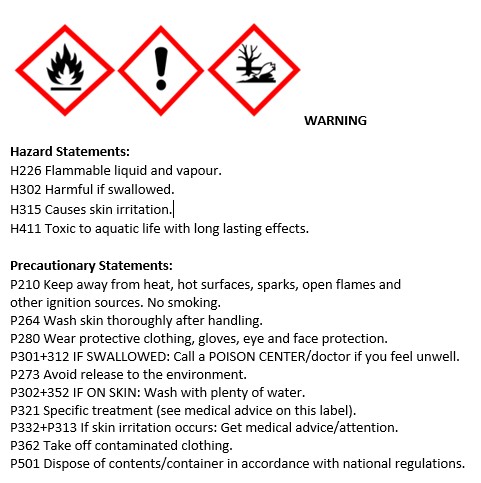
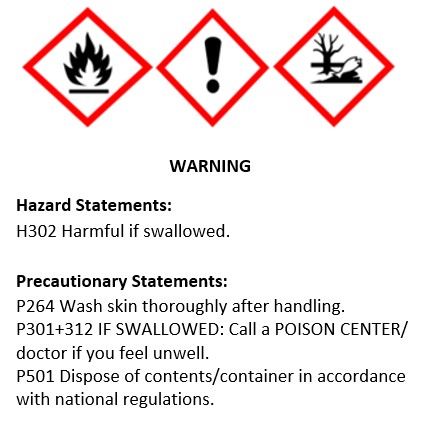
PICTURE 4 - Labels larger than 125 ml PICTURE 5 - Labels smaller than 125 ml
This article refers the most fundamental subjects of general chemical labeling. There may be many other criteria that determine the labeling requirements. So the product supplier should determine whether it is subject to an official arrangement within the ministry it is affiliated with, considering the conditions such as product type, packaging type and size. The person who is applying this method should have knowledge about 28848 SEA regulation and its annexes.For this purpose, it would be more appropriate for the persons who has a certificate of SDS preparation from the accredited organization to do this work.
It should not be forgotten that, hazardous chemical labeling which made in accordance with the legislation, measures against hazard effects on human health, environment, accidents in workplaces; is a positive commercial contribution to the impression and reputation of supplier companies.
Bülent ÖZDEMİR
Chemical Legislation Manager
CRAD Çevre Risk Analiz Denetim ve Eğitim Hizm. A.Ş.






